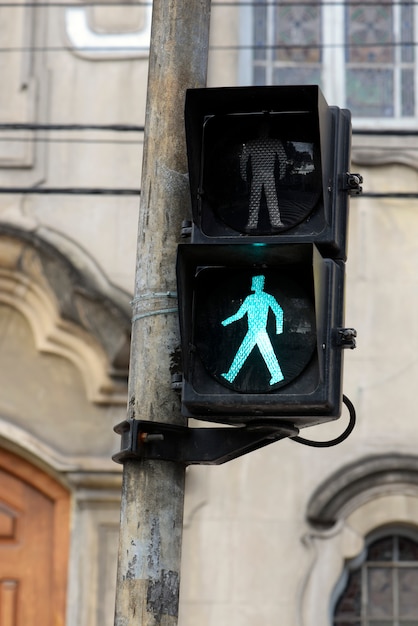



It was a dark decade for France, a country at war, surrounded by military forces of the Netherlands, Britain, Prussia, Austria, and Spain. Semaphore station and soldiers in the French countryside Arguably the first large-scale, high-speed communications network in the world, this system was lightning fast by standards of the time. “Telegraph” was coined back in the 1790s by Claude Chappe, a French inventor who designed what would become a national semaphore network (Greek, from sêma for “sign” and phorós for “carrying”). Demonstration of a semaphore (left) and sectional diagram (right) In the modern era, the electric telegraph (then later: the telephone and internet) came along and largely replaced these vintage solutions - but the term “telegraph” itself (from Greek roots, meaning “distance writing”) actually predates that world-changing technology. Hydraulic telegraph, 4th century BC (reconstruction based on descriptions by Aeneas Tacticus and Polybius) at the Thessaloniki Technology Museum, image by Gts-tg (CC BY-SA 4.0) Smoke signals, beacons, reflected lights, homing pigeons and other lower-tech ways of communicating across distances have, of course, been used since ancient times. Some, like the “ hydraulic telegraph” of ancient Greece (shown below), were quite sophisticated, too - that particular system employed signal fires to cue operators who would turn on spigots (resulting water levels indicated different messages). A Chappe telegraph tower in Narbonne in the south of France, by Romain Bréget (CC BY-SA 3.0) Some of these infrastructural remains date all the way back to the French Revolution, a period of regional turmoil during which a novel approach to semaphore (visual messaging) played a pivotal role. Dotting the hillsides of Europe, the remnants of a vast long-distance communications network look a bit like anachronistic cell towers.


 0 kommentar(er)
0 kommentar(er)
